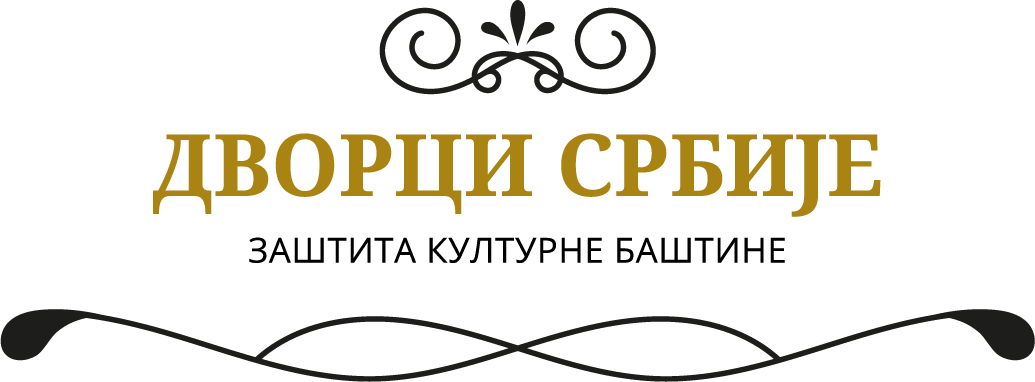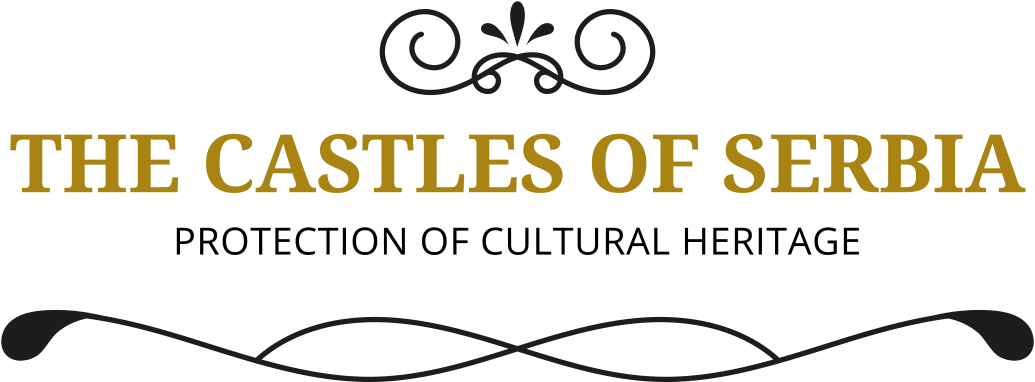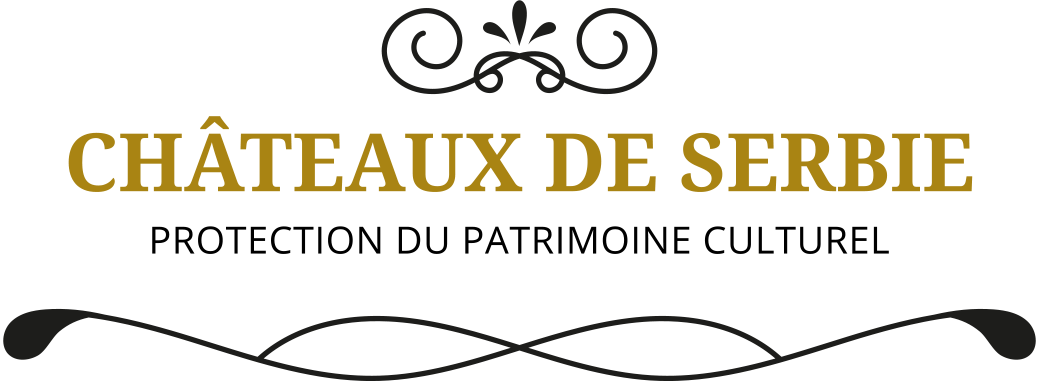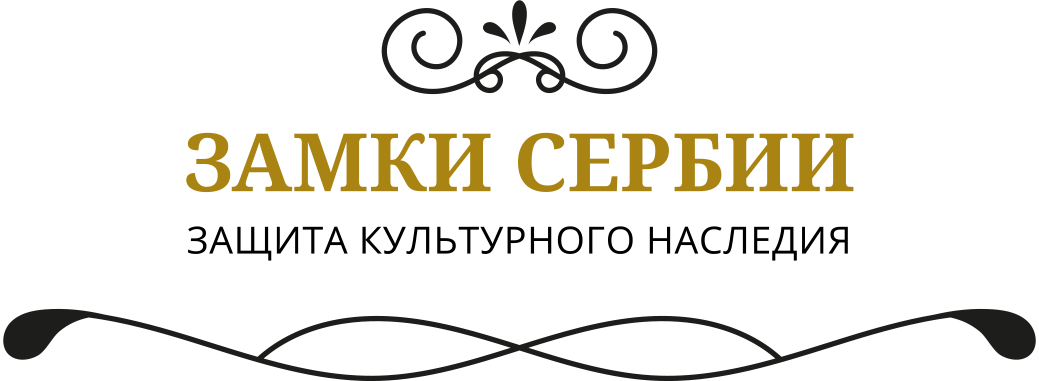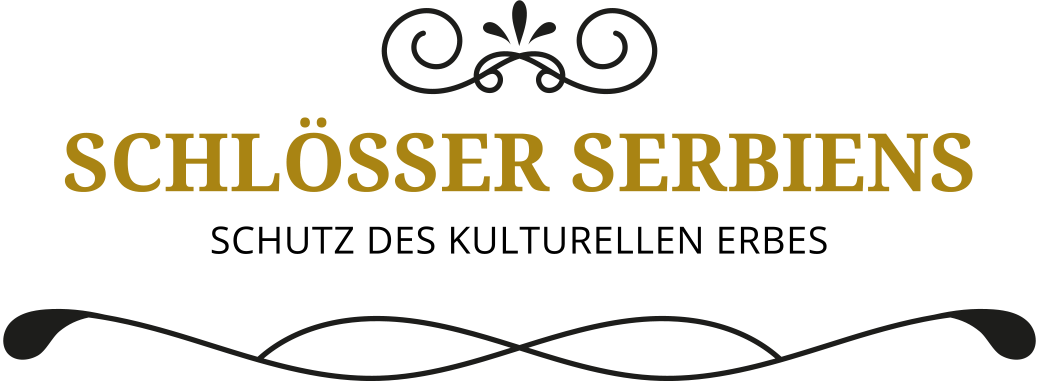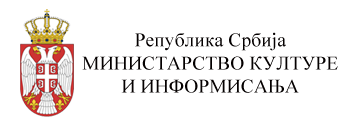Castles of Serbia
Lazarević Castle
Veliko Središte
In the small village of Veliko Središte, there are practically two castles in the same yard, both of which belonged to the noble Lazarević family. The progenitor of the family, Golub Lazarević, moved from Serbia to Banat in 1803, and received the nobility and the predicaten “from Malo and Veliko Središte” in 1841. As soon as he received the title of nobleman, Golub Lazarević started building to show that a nobleman should also have a castle. But Lazarević surprised everyone, so he built two castles, and a couple between and behind them, although Veliko Središte was never a particularly rich area, except for vineyards.
From the construction of the castles until 1898, the Lazarević family were the owners of both castles, and then they were bought by local Germans, locals Georg Fritz (older castle) and Karl Hauser (newer castle), and they remained owners until the end of World War II when nationalization was carried out, and the Banat Germans were banished.
The larger and older castle was built in the 1860s, while the smaller and more beautiful castle was built at the beginning of the 20th century. The large older castle is a neoclassicalsingle storey building with a symmetrical front façade with a dominant portico in the middle. Four massive built white pillars of indeterminate style carry a portico with access by a central staircase. There is no access staircase on the courtyard side. The castle is light ochre, tan, white and light brown, and the colours fit nicely into certain architectural elements.
A small castle was built in the immediate vicinity on the same plot and in the common park. The small castle is newer and was built with the features of the then prevalent eclectic style with neo-Gothic elements, similar to the castle in Kapetanovo. It can be said that in the category of small castles, Small Lazarević Castle from Veliko Središte next to Kapetanovo Castle is the most beautiful example of civic construction of summer houses. At the very beginning, castles with elements of fiction were very popular, and nostalgia for Gothic was a general phenomenon. The smaller castle has a stepped attic and towers at the corners, from which trees grow today. The facade is ochre in colour. The park surrounding the castle is extremely spacious with a tall forest in which there are some rare specimens of trees.
The village elementary school “Branko Radičević” is still located in the big castle, and it is not in an overly good condition, while the fence around the castle is dangerously leaned, although it is imposingly thick. There are playgrounds for children and a kindergarten around the castle, so there is little left of the park, but the children got a representative play area. The interior has been adapted to school needs, and the authentic interior has completely disappeared. Conservation work was done during 1986-7, but only on the older large castle.
The building of the small castle is in a very bad condition; it has been abandoned and currently has no purpose. Before that, it was a village cinema, then a youth cultural center, and finally a local office, which was moved to a building across the street.
Castles are cultural monuments of great importance, and are located in a nature park. Entry to the school is not allowed, and entry to the small castle, which is fenced with a special fence and overgrown with bushes, is possible, but as the staircase collapsed, it is not possible to go far. Graffiti inside the castle shows that it was a gathering place for youngsters even after it was closed.
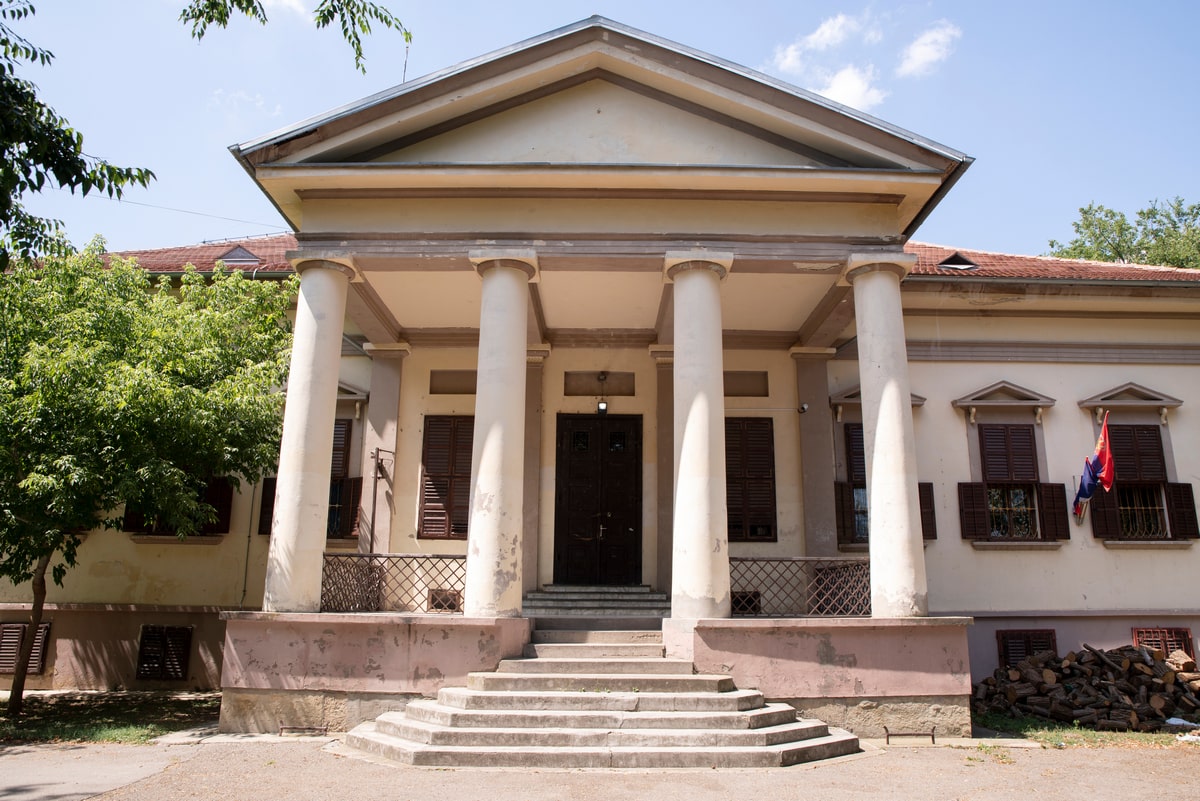
There is also a legend about castles, which is again described by Milan Belegišanin in the book “Dreams of Grassy Towers”. It says: “VelikoSredište has never been a rich area. However, that did not stop the Lazarević brothers from making two castles that are among the most beautiful in Vojvodina. The first castle, older than the Lazarević brothers, was built between 1860 and 1870 in the neoclassical style. The second castle, which was built in the neo-Gothic style, was built by his younger brother around 1900. In this poor corner, these castles looked as if they had originated from Aladdin’s magic lamp. With high gates, ramparts and guards, the villagers viewed the castles as something unreal and untouchable. Huge parks with rare species of trees and deep shade existed only for the select few. All this was not enough for the Lazarevic brothers. They also wanted to sled in the summer, so since there was no snow, they ordered glass from Pančevo to sled on. They over exceeded, but the punishment did not follow immediately. The first warning came – the younger brother’s wife fell through the glass path and almost slit her throat. But that didn’t help either. The Lazarevićs continued to replace the snow with glass and to call for a blizzard in July. Last summer, before leaving the castle, they were brought a path made of special frosted glass. The moment they first sled down the track, it suddenly got cold and so bad that a huge trail burst into billions of tiny particles due to the great cold. From that moment on, the brothers became ill with a glass disease. Since they exceeded the basic sense of proportion, they began to find pieces of glass everywhere – in bed, food, clothes … Glass became the most hated material for them for the rest of their lives. Even today, these two castles seem to be full of broken glass. To add one more thing: In these castles and their parks, the natural sequence of the seasons is disturbed. That former space of the Lazarević brothers reminds us of those ancient now globes of our childhood in which there are eternal sandstorm when we shake them. And indeed, it can happen to you that in July, from the interior of the castles in Veliko Središte, you look out the window at a warm lazy village day, and that snow falls on you through the ruins of the roof … »
After revision of the situation, in September 2022, it was moved to the second phase. This is the phase of research work on castles that have entered the circle of those that will be reconstructed and revalued, after which technical documentation and plans for work on them will be created, which will eventually lead to restoration works. The Ministry of Culture and Information decided to help the devastated castles, since 2.8 million dinars were invested to help future investors, who are not yet on the horizon but are expected, to revitalise them as soon as possible. At the moment, the situation is heating up at two castles in the municipality of Vršac, which are truly monumental – these are Bissingen Castle in Vlajkovac and the Small Lazarević Castle in Veliko Središte. During the current works, their static stability is assessed, every crack is processed, and all ornaments are recorded, through the Institute for the Protection of Cultural Monuments in Pančevo, which is responsible for South Banat. Based on the technical recording of the condition, which came after the first recording of the condition, there will be full documentation of what needs to be repaired, in what form it should be restored, and which techniques and materials the restorers may use.
This project was supported by the Ministry of Culture and Information of the Republic of Serbia.
